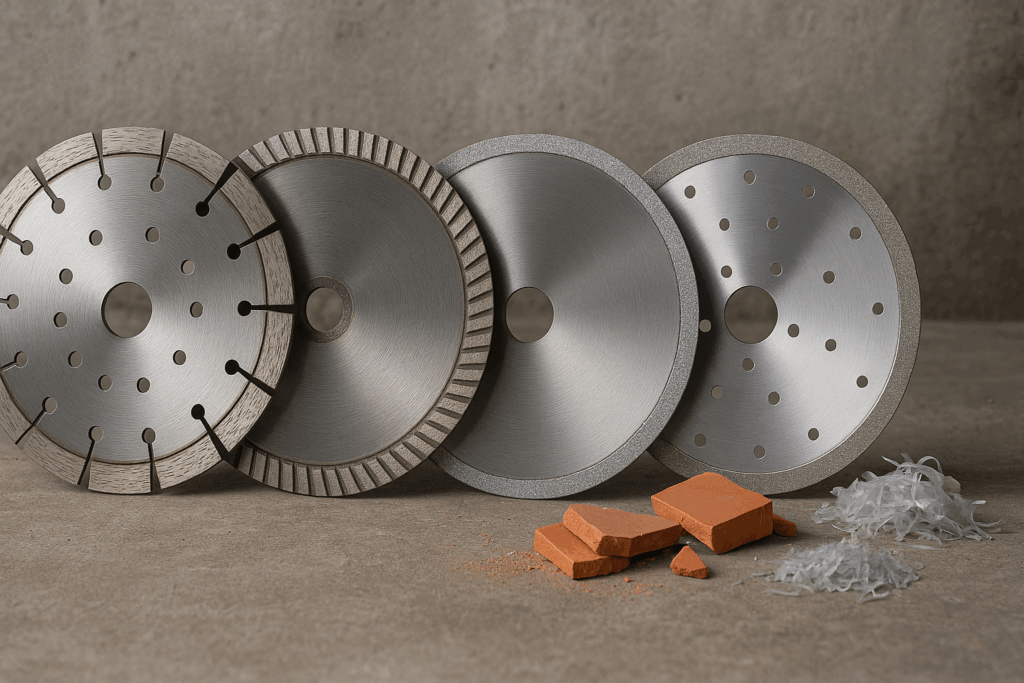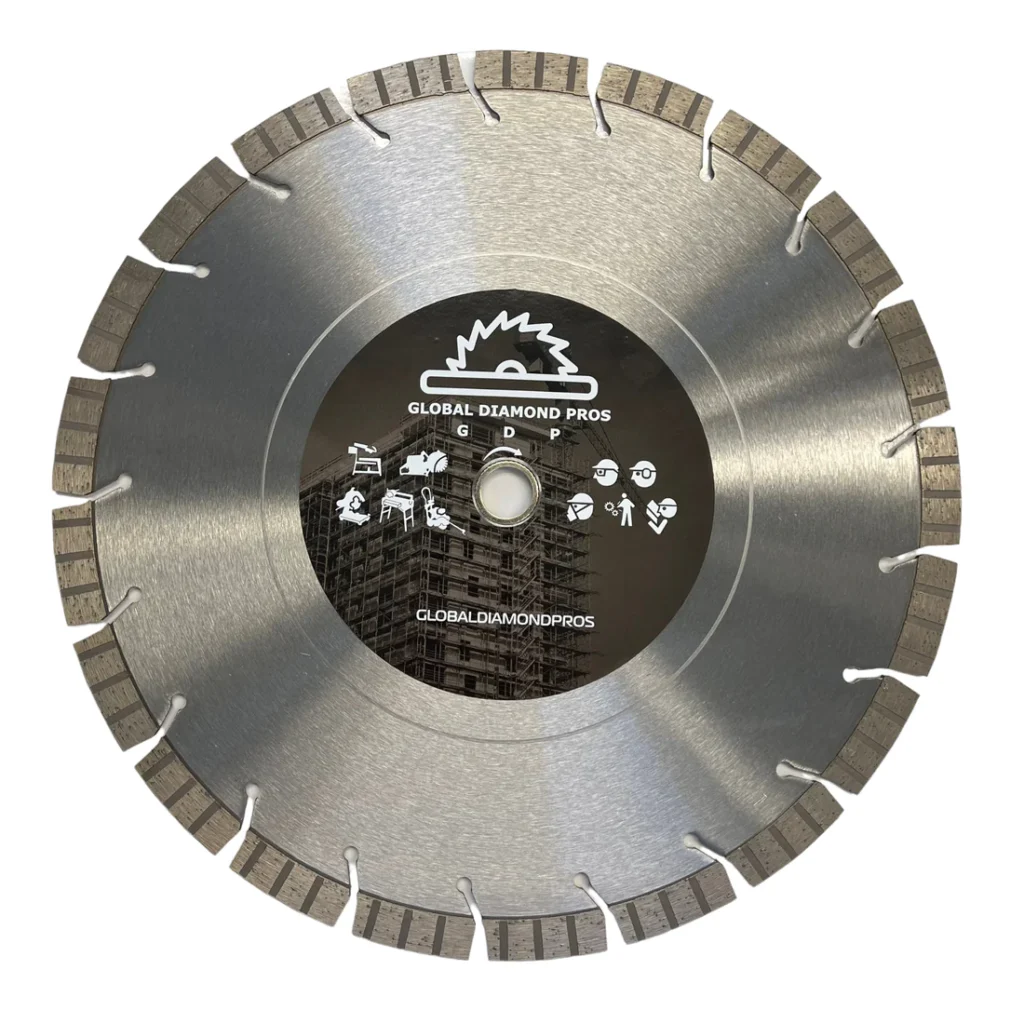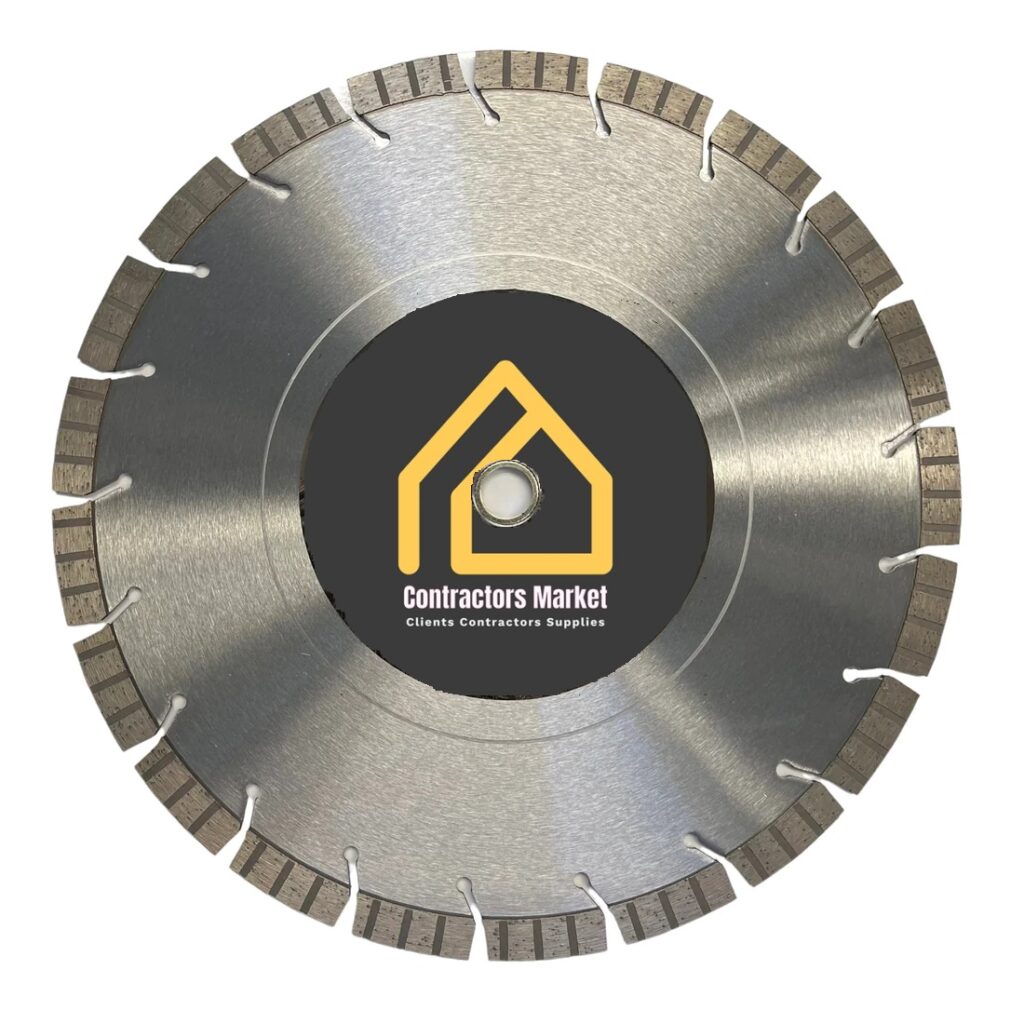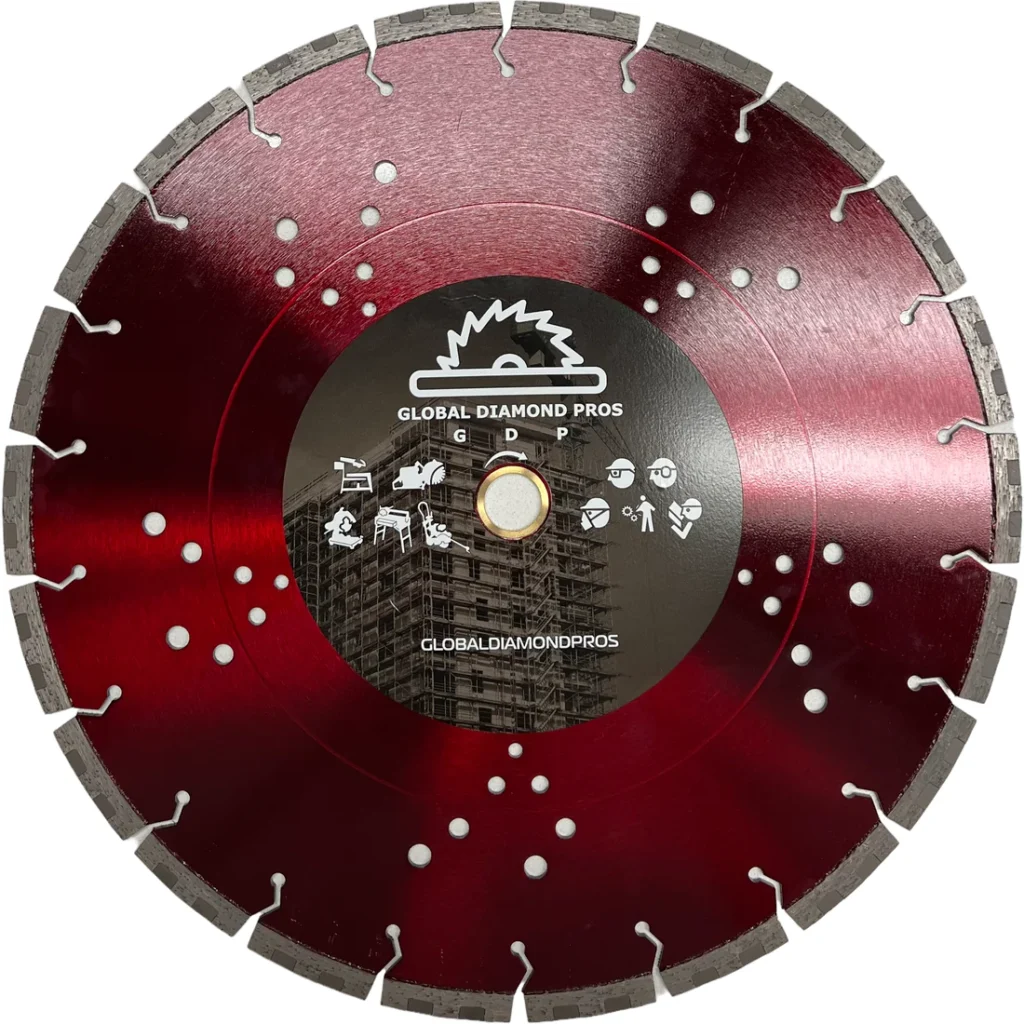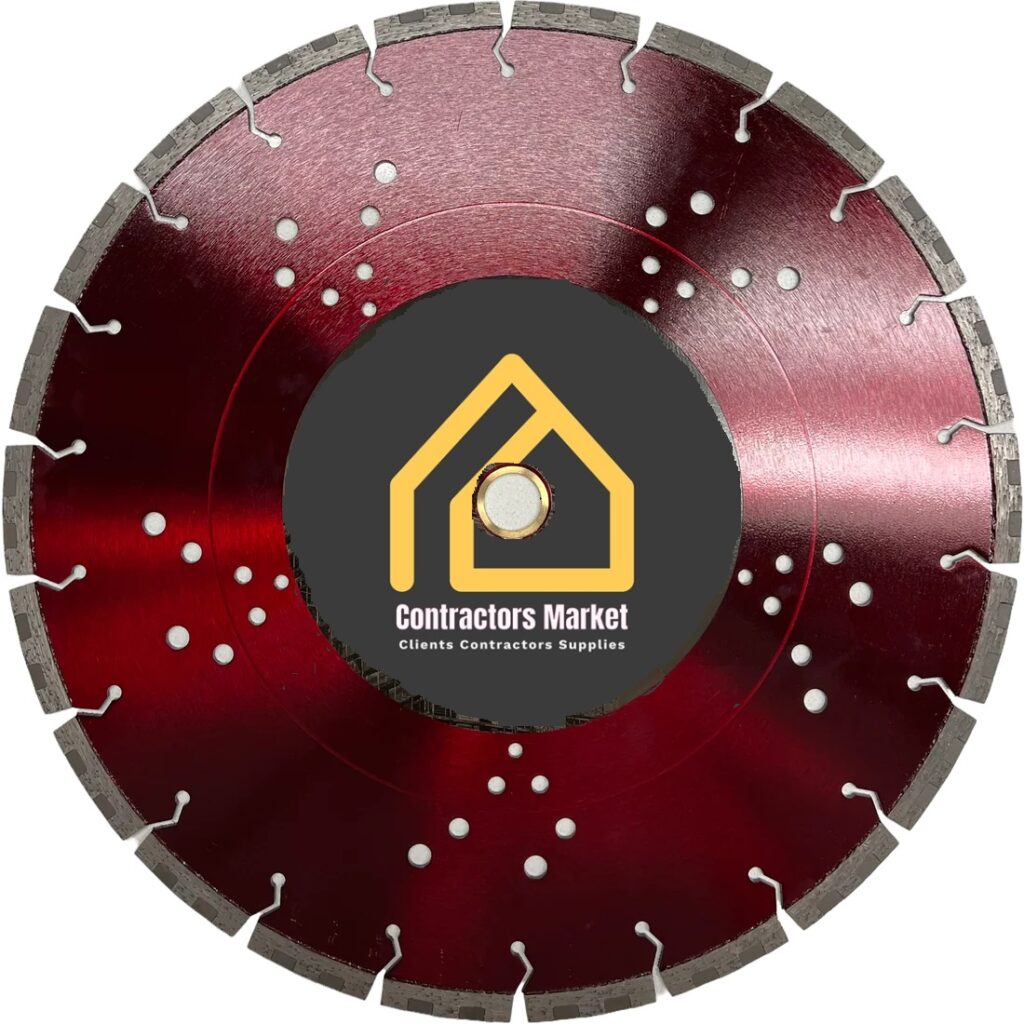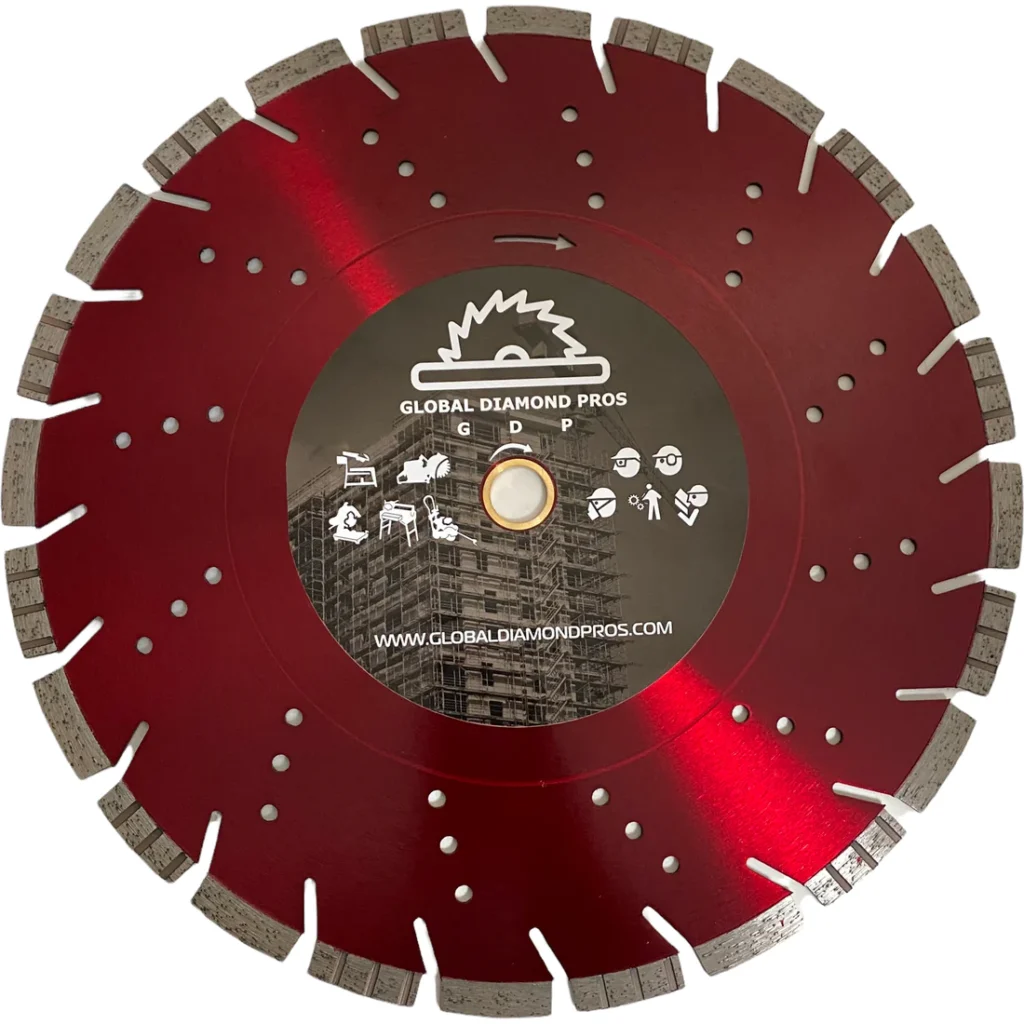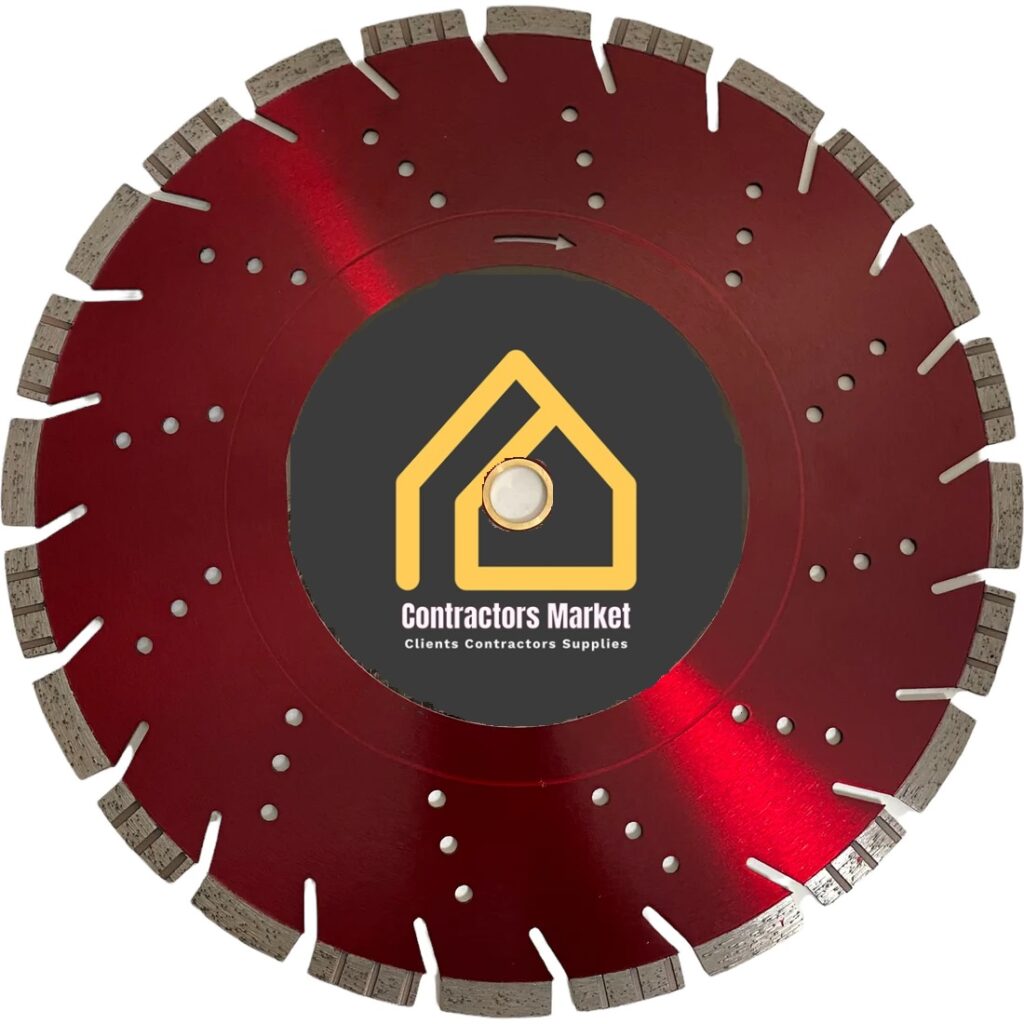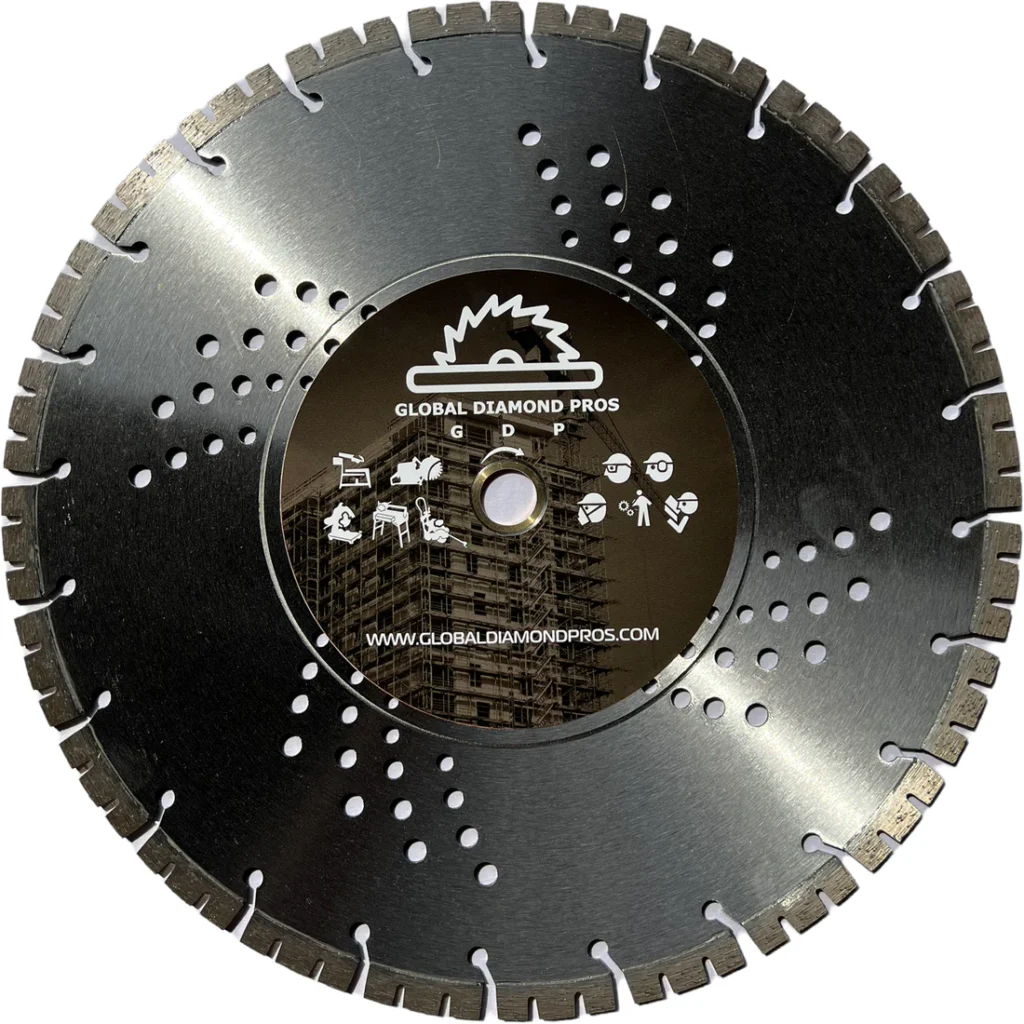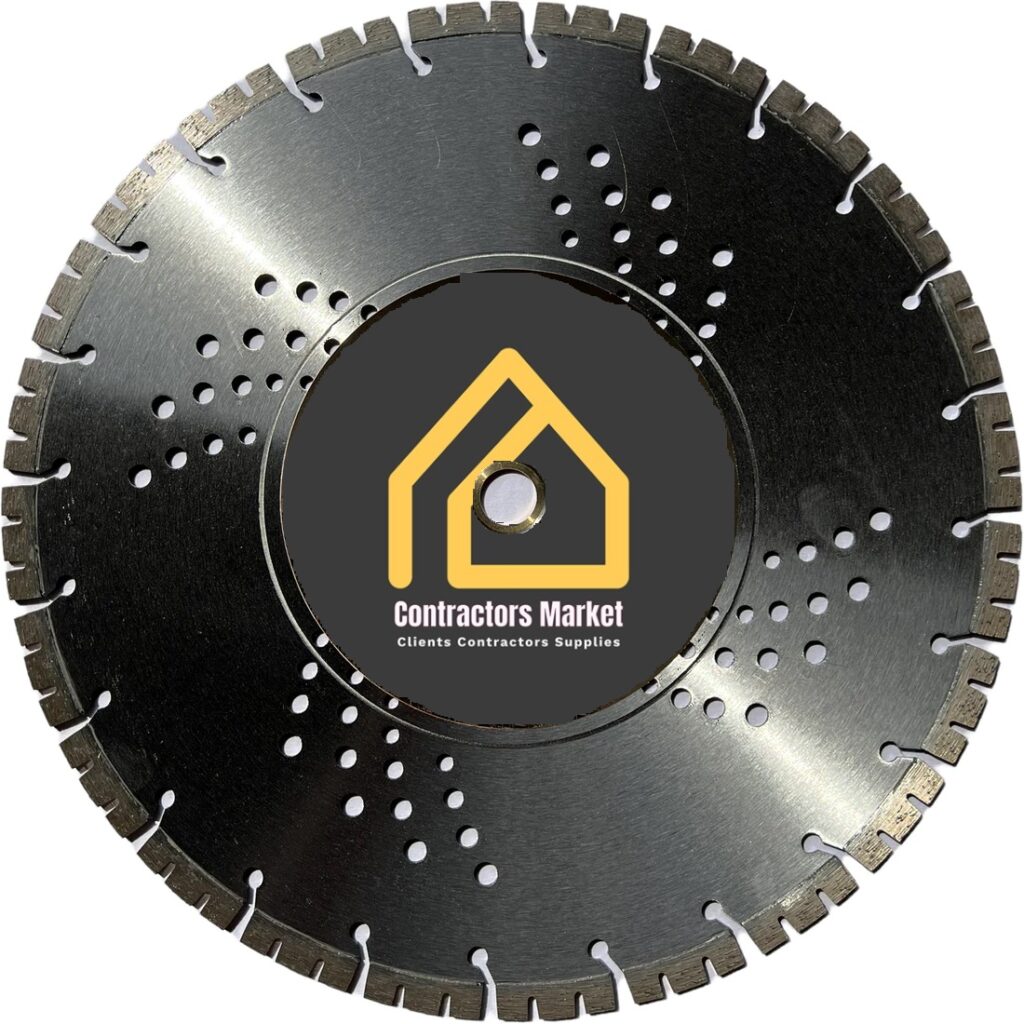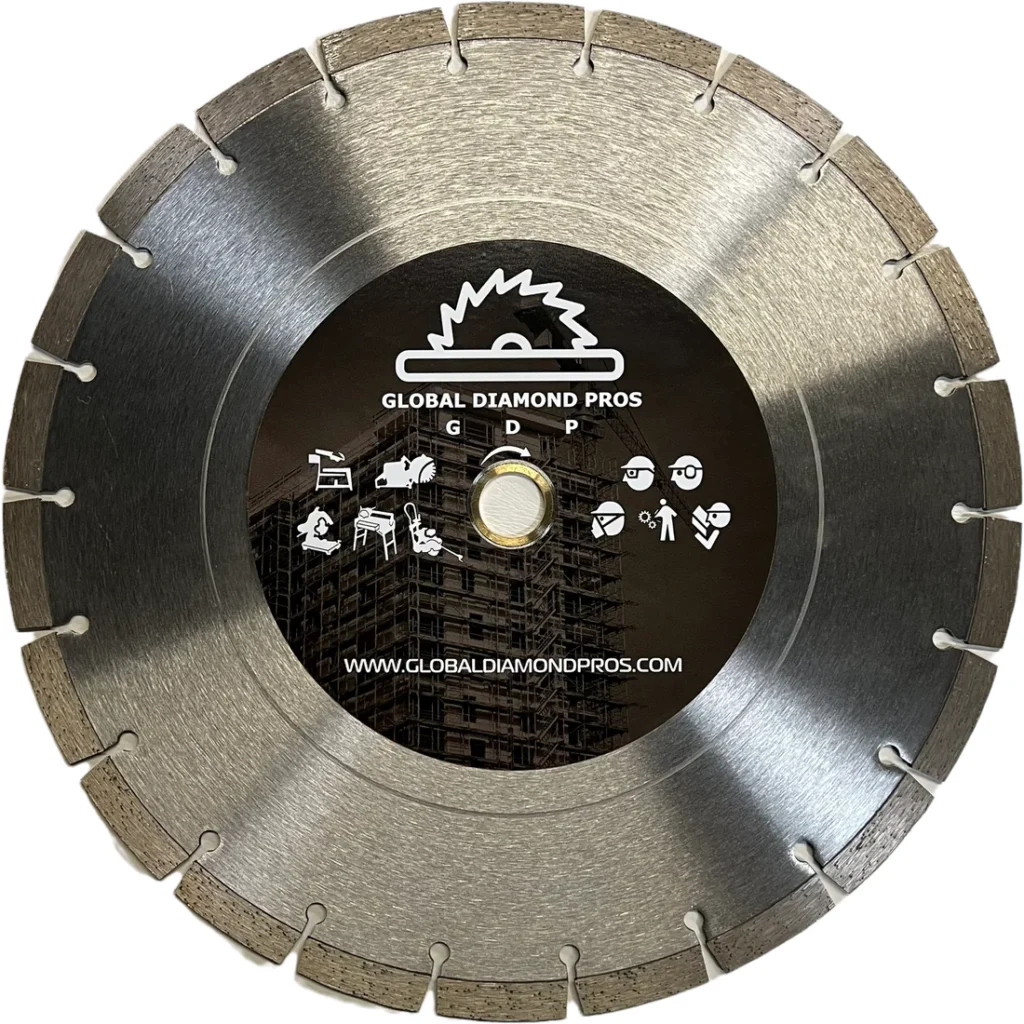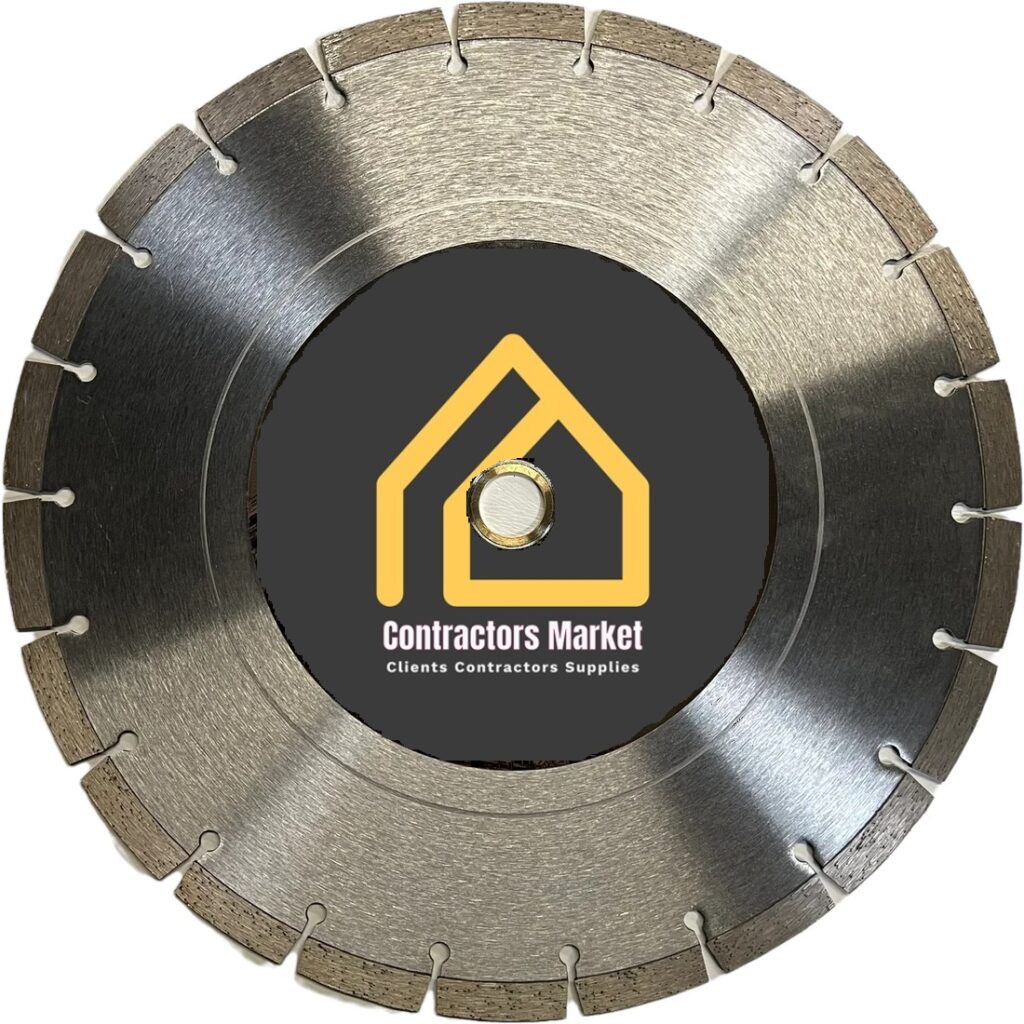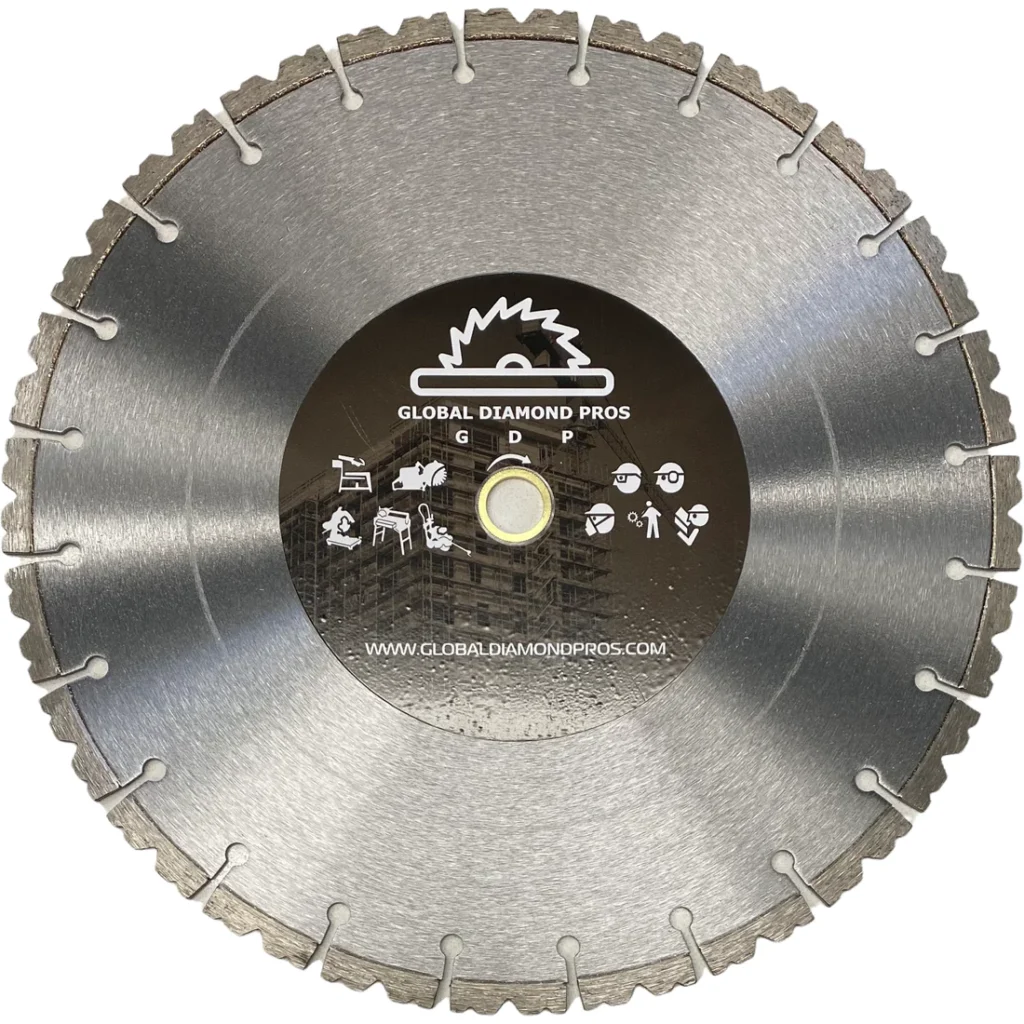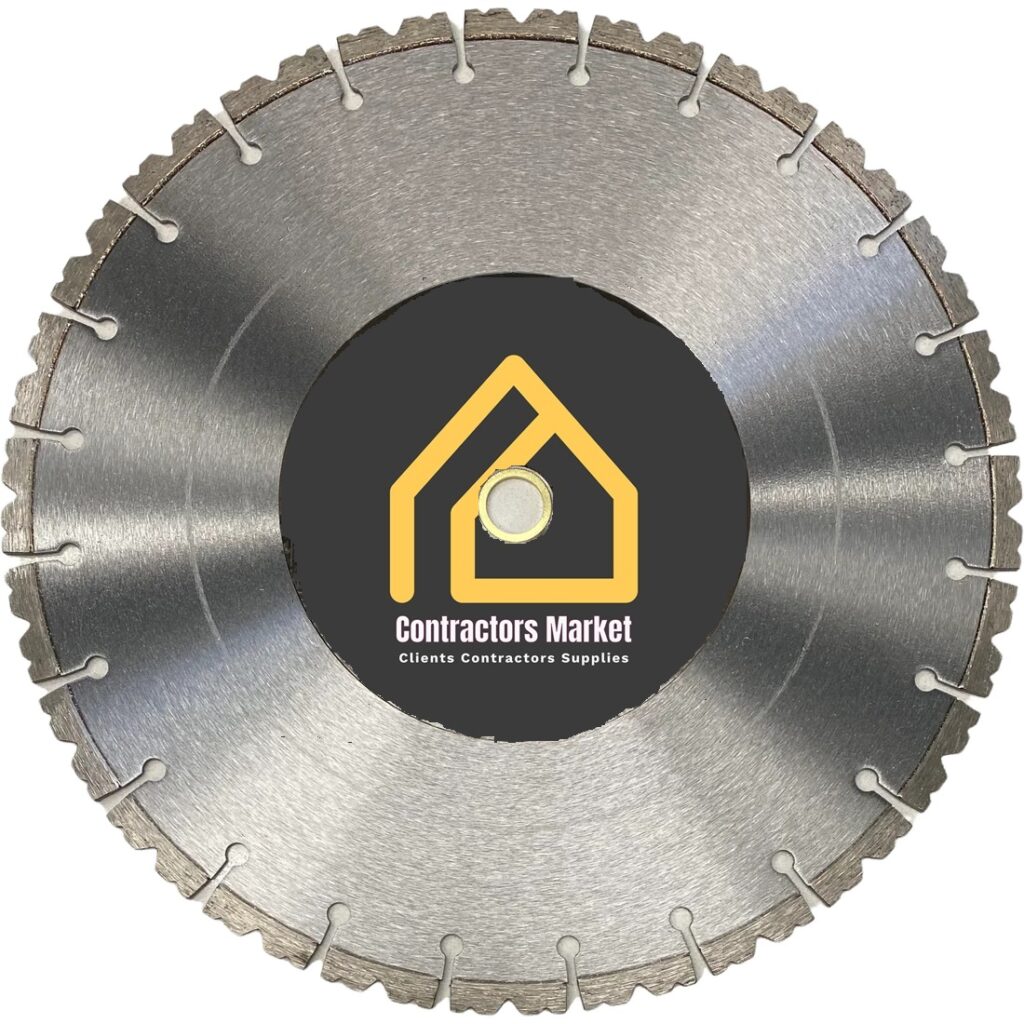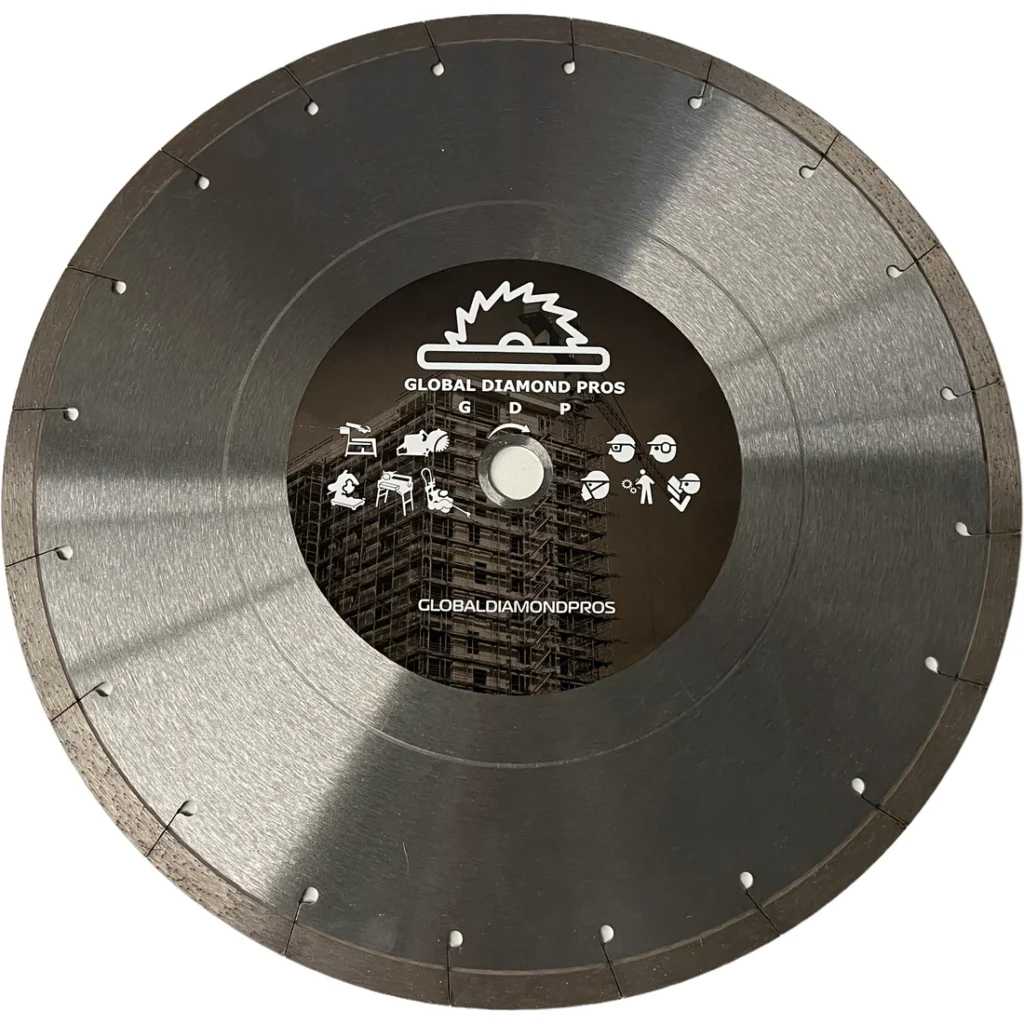
Diamond blades are cutting tools used in various construction and manufacturing
industries. They are made of a circular steel disk with diamond segments attached to
the edge. The diamond segments are made of industrial-grade diamonds and metal
powders that are fused together under high pressure and temperature.
Diamond blades are used for cutting hard and abrasive materials such as concrete,
asphalt, stone, and ceramics. They are also used for cutting glass, metals, plastics, and
composites. The type of diamond blade used depends on the material being cut, the
equipment being used, and the desired finish. A diamond blade cuts a line like a circular
saw and creates dust. This is preferable to a chipping hammer or other device.
There are different types of diamond blades available in the market, including
segmented, continuous rim, turbo, and electroplated diamond blades.
Segmented diamond blades are the most common type of diamond blade and are used
for cutting concrete, asphalt, and other hard materials. The space between the
segments allows debris to be removed, but also collides with the material that is being
cut and causes chipping. If you need a faster cut but the quality of the edge is not
important this is the blade for you.
Turbo diamond blades are an all-purpose blade, that can do everything. A turbo blade
has a little to no space between the segments and leaves a smoother cut when finished.
Like an SUV, the Turbo blade does it all. But not as well as something designed for the
specific task. The turbo blade cuts all types of material but is recommended for edges
that won’t be seen in your final project.
Continuous rim diamond blades are used for cutting tiles, ceramics, and other brittle
materials. As the name explains, there are no segments in this blade. This type of
blade makes very smooth cuts with minimal chipping. Offering the highest quality finish
of any of the other blades
Electroplated diamond blades are used for cutting soft materials such as plastics and
composites. When choosing the correct blade for this type of material, you should
follow the manufacturers recommendations. Soft materials can create a burr or build
up on the cut edge which will need to be removed. Having the correct blade can help
eliminate that.
The quality of a diamond blade depends on many factors:
The segments can be brazed, or laser welded. If the blade is used on material that is
too hard, the machine is too strong, or it is overused the segments can come off. Laser
welding helps to prevent this from happening.
The quantity of diamonds in the blades affects the speed of the cut, and the longevity of
the blade. If a blade has too many diamonds, it will cut slowly like a finish saw blade. If
it has too few diamonds, it will wear out faster. Having the optimal balance between the
number of diamonds and the metal bond materials will ensure your satisfaction. The
makeup of the bonding materials is important because as it wears, it exposes the
diamonds which do the cutting. If you have a hard material you need a soft bonding
material, because it will expose diamonds faster.
The blades core, its ventilation holes, and structure will also affect performance. Some
blades are stamped from a solid piece of steel. Others have layers which are fused and
allow for a much quieter cut. The ventilation holes allow the blade to avoid overheating,
which can also lead to throwing diamond segments.
Not all diamond blades are created equal. Knowing more about your blades will
inevitably aid you in your work. Most manufacturers calculate all of these factors, and
offer a wide variety of blades. Contractors Market has a wide variety of blades to
choose from. If you are getting into contracting, or you have been using impact tools to
cut rock etc. you should look into using diamond blades. Determine the finish that you
want, and that will guide you.
